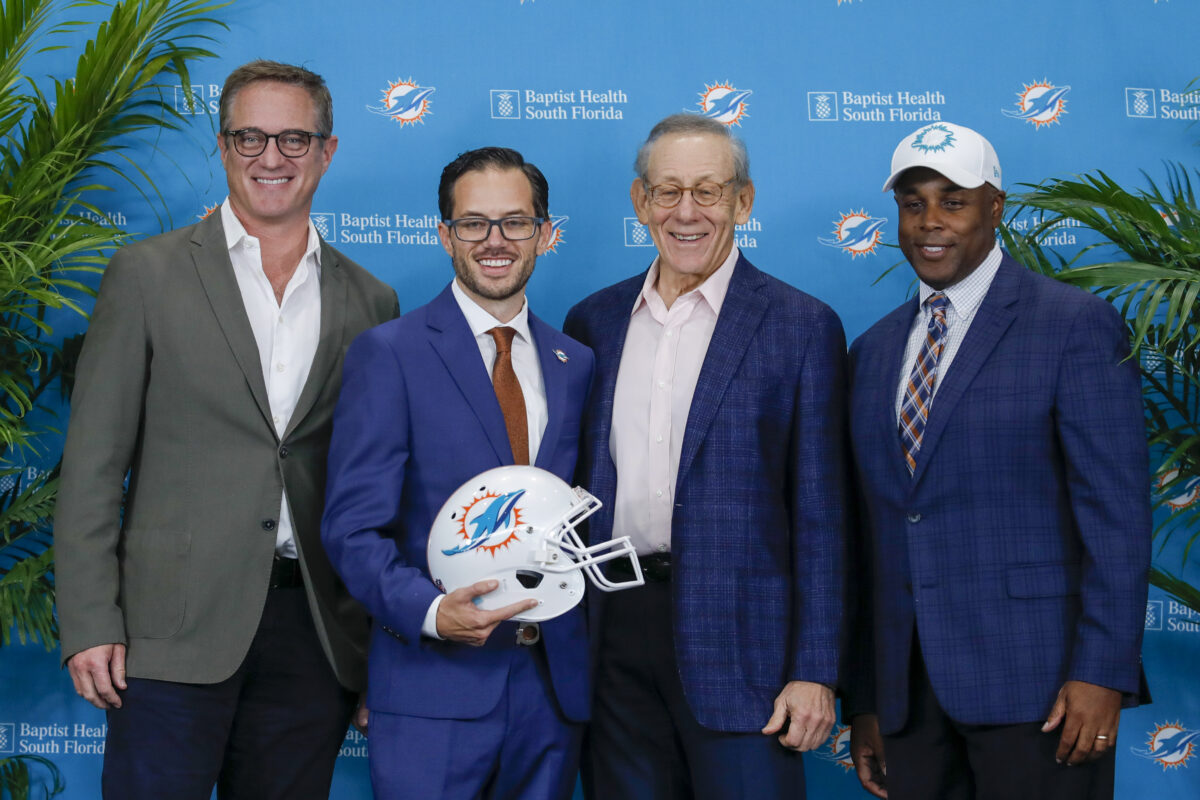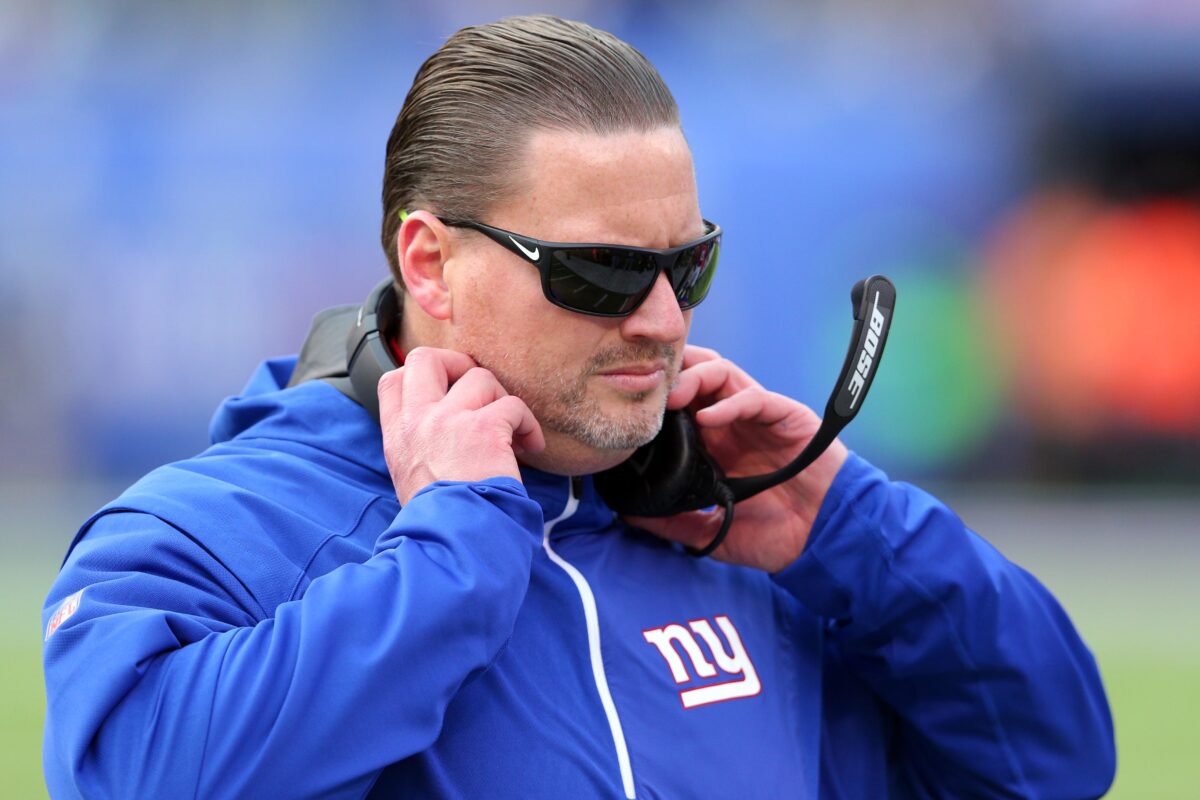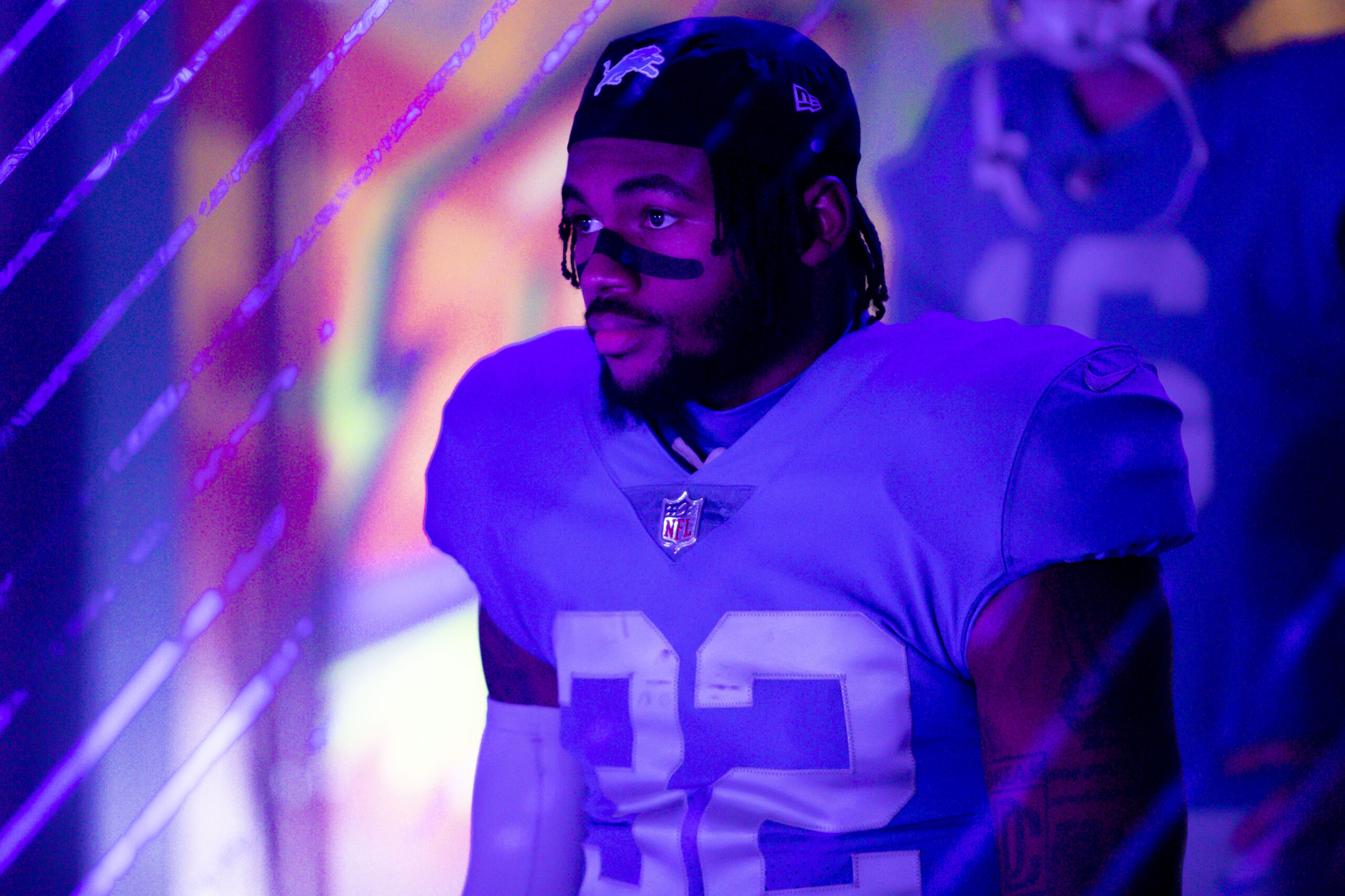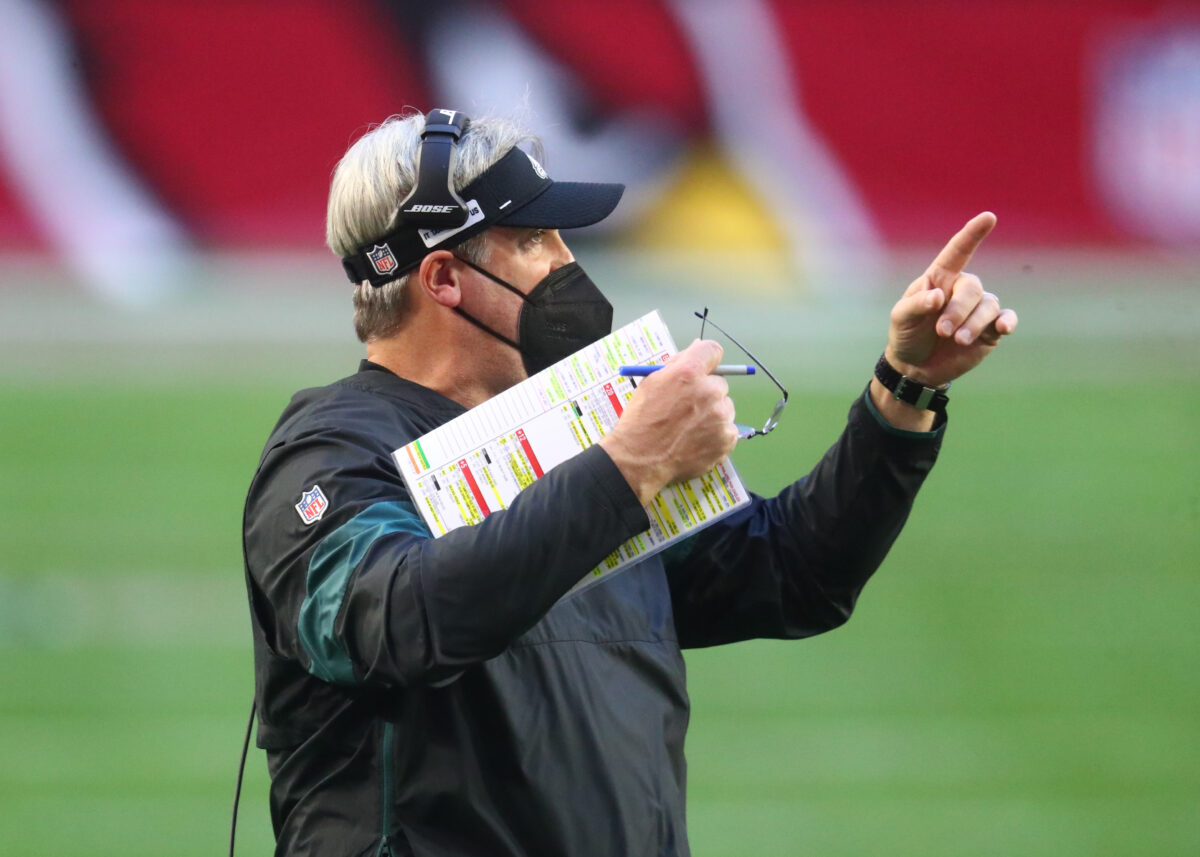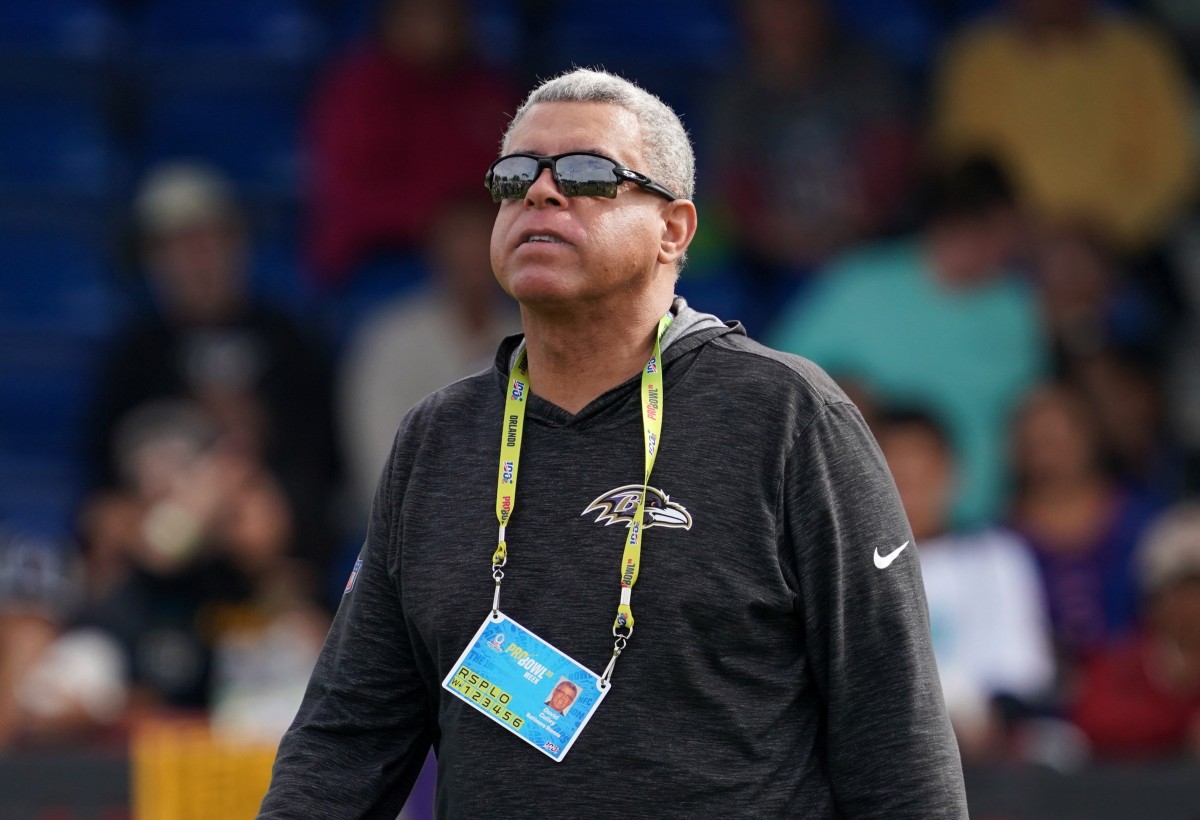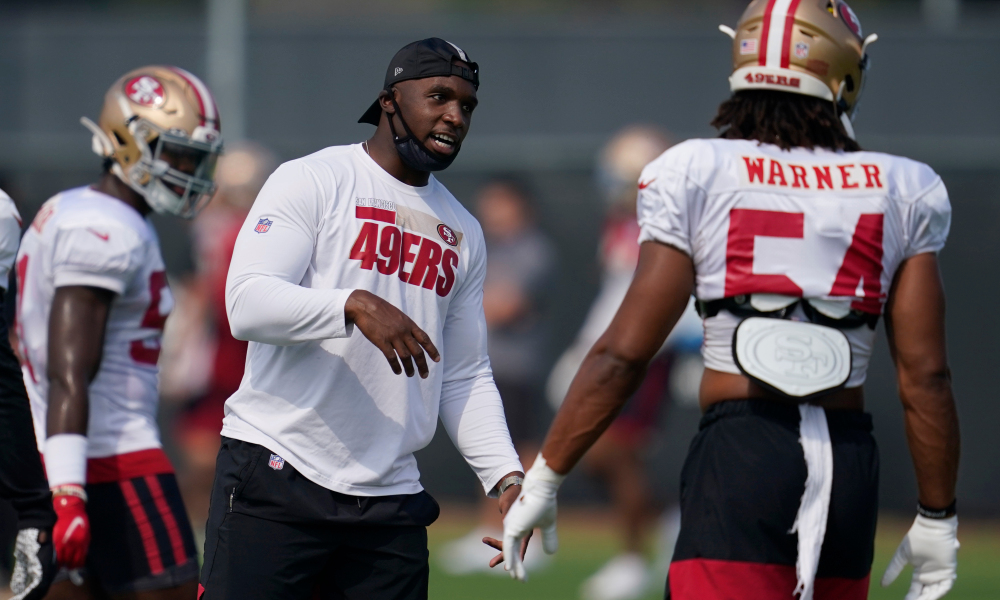Last season, the Texans hired the Ravens pass game coordinator David Culley to become the new head coach, and he retained Tim Kelly as their offensive coordinator for the previous two seasons. The lack of talent further lessened with the Deshaun Watson situation, meant that the bar was low after head coach Bill O’Brien was fired during the 2020 season from a team that would end 4-12 with little more than Watson for an offensive weapon.
Most expected Culler to struggle with a weak roster and missing draft picks that could help with much-needed upgrades. Culler would end with a 4-13 record, and he never had Watson to use, unlike O’Brien the previous season.
But Culler never saw a second season. After discussions with general manager Nick Caserio and other Texans’ front office personnel, the team opted to part ways. There were conflicts in how to rebuild the No. 32 offense and issues regarding in-game management and player discipline. It was chalked up to philosophical differences.
After interviewing several candidates, the Texans opted to just promote Lovie Smith from defensive coordinator to head coach. He’s relying on offensive coordinator Pep Hamilton to make the Texans competitive again after serving as the Texans’ quarterback coach. So much the same coaches remain from last year, they’ve just swapped positions. For a team that seems stripped of talent and chock full of previous dysfunction, it’s a bit of a surprise that instead of sweeping out the current coaching regime, they opted to just scrape off the top layer of coaches and promote others up.
Lovie Smith has long been involved on the defensive side of the ball. He became a head coach for the Chicago Bears (2004-2012), Tampa Bay Buccaneers (2014-2015), and then for Illinois (2016-2020). Last year, he joined the Texans as the associate head coach and defensive coordinator. He’ll rely heavily on Hamilton to take care of the offense.
Hamilton’s coaching resume stretches back to 1997 and contains a total of 15 career moves between college and the pros, mostly as a quarterback or wide receiver coach. He was the offensive coordinator for the Indianapolis Colts (2013-2015), and a head coach in the XFL. He served as the Bears QB coach under Smith in 2007 to 2009 and this reunites the pair.
Coaching tendencies
There’s not a lot to go on as to any change in the direction of the offense. Hamilton was considered a key piece by Smith when he assembled his staff, in part because of the relationship he had already forged with rookie quarterback Davis Mills. He’s already spoken to his expectations for the offense with Brandin Cooks, Nico Collins and Brevin Jordan.
Hamilton’s only stint as an NFL offensive coordinator was in 2013-2015 during the middle of Andrew Luck’s career and was there in 2014 when Luck threw for a personal best 4,761 yards and 40 touchdowns.
[lawrence-related id=463797]
Hamilton had elements of the West Coast offense, with a scheme that spreads the passing among the wideouts, tight end and running backs. All three years in Indy saw a committee backfield that mixed Trent Richardson, Ahmad Bradshaw, Donald Brown, and Frank Gore without any providing more than marginal fantasy points. No back had more than 157 carries in his first two seasons, though Gore ran 260 times for 967 yards in 2015 with a paltry 3.7-yard average.
Despite playing with Andrew Luck, the only notable receivers were a young T.Y. Hilton and a fading Reggie Wayne. Hamilton generates excitement that he can help rebuild the offense as he did with the Colts when he took an offense that was only average and saw them rank as high as No. 3 in offensive yardage.
Hamilton did rely more heavily on Frank Gore for the one season, so there’s no guarantee that the Texans extend their mind-numbing committee approach with aging and mediocre runners like last year.
Personnel changes
The Texans own the 1.03 pick in the draft, along with the 2.05 and two picks in the third round. The problem is that there are needs at almost every position and the expectation is that the first one goes to defense. What they do in free agency will be just as important as how they spend their picks, but this is a team with few difference makers and nearly no depth anywhere.
Deshaun Watson is still expected to be traded, and the bevy of picks that likely nets are much needed. Davis Mills and Tyrod Taylor will battle for the starting spot only because Lovie Smith said no one walks into a starting role, but all expectations are that Mills spends his second season as a full-time starter.
The Texans’ backfield ranked dead-last in rushing yards (1,193 ) and rushing touchdowns (5) and used seven different running backs along the way. Rex Burkhead was the most productive with only 122 runs for 427 yards. David Johnson and Royce Freeman are free agents. Only Rex Burkhead is signed for this year. The Texans will be acquiring either free agents or rookies or both.
Brandin Cooks was the lone bright spot among the 2021 receivers and he’s signed through this season. Beyond him, there was little last year. The rookie Nico Collins was next best with 33 catches but only one score. Like the backfield, the Texans opted for quantity over quality again. The entire set of wideouts is forgettable after Cooks and maybe Collins.
The rookie tight end Brevin Jordan sparked optimism in the second half of the 2021 season but still only ended with only 20 catches. But the Texans were happy enough that this won’t be considered a need.
Fantasy football takeaway
The Texans ranked at the bottom of virtually all fantasy metrics last year. The offensive line rates as one of the worst for the last several seasons. The trade for left tackle Larry Tunsil stripped the franchise of two No. 1 picks at the time but only meant that there was one good blocker amid all the others. At least they have a first-round pick this year.
There are still holes from when Bill O’Brien wrecked the roster and David Culley inherited the problems plus lost Deshaun Watson. The probable fantasy upgrade will be with running backs, but limit expectations until their offensive line finally shows improvement.
Davis Mills could be a surprise this year. New OC Pep Hamilton was the QB coach last year and the rookie threw four 300-yard games over twelve starts and totaled eight touchdowns over the final four games. And he did that with little more than Brandin Cooks for a weapon.
Barring a surprise drafting of an early wideout, Cooks holds almost all the fantasy outlook for the receivers. There are so many needs it all depends on how the Texans approach the draft and free agency. Sadly, it is not considered a strong year for rookie running backs anyway, and Hamilton is okay with a committee of mediocre rushers if he can ignite the passing instead.


